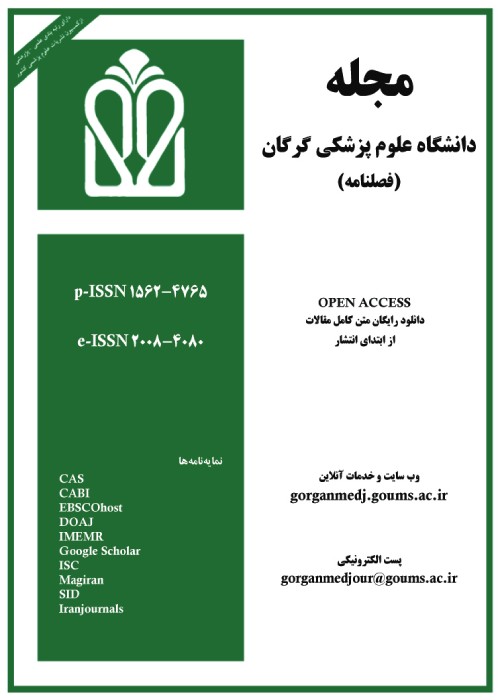Evaluating the Frequency of the Electrical Activity of Lower Limb Muscles before and after Fatigue during Running in Individuals with a History of Coronavirus Disease 2019 Compared to Healthy Individuals
Fatigue is considered one of the factors effective in changing the electrical activity of muscles so that it is directly linked to increasing the potential of muscular injuries and functional decline in various stages of sports. The present study was conducted to evaluate the frequency of electrical activity of lower limb muscles before and after fatigue during running in individuals with a history of coronavirus disease 2019 (COVID-19) compared to healthy individuals.
This quasi-experimental research was conducted on 14 women with a history of COVID-19 over the past two months (the experimental group) and 14 women without a history of COVID-19 (the control group) with an age range of 18-30 years using the convenience sampling method in the city of Ardabil. The fatigue protocol started using a sophisticated treadmill at a speed of 6 km/h, and the treadmill speed was accelerated by 1 km/h every 2 minutes. The Borg’s Rating of Perceived Exertion (RPE) 6-20 Scale was used to determine the participants’ final moment of fatigue. A steady-state running fatigue protocol ended at a score higher than 17 on the Borg’s RPE 6-20 scale or 80% of maximum heart rate. Electromyography data were analyzed using the data LITE biometrics software before and after the fatigue protocol.
There was a statistically significant increase in the frequency of the electrical activity of the vastus lateralis (VL) muscle between the post-test of the control group and the experimental group (d=0.410, P=0.035). The pretest-posttest difference of the frequency of electrical activity of the VL muscle after fatigue compared to before fatigue during the loading response phase during running had a statistically significant increase in the experimental group than in the control group (d=0.602, P=0.016). The frequency of the activity of the semitendinosus muscle increased after fatigue compared to before fatigue during the mid-stance phase of running (d=0.261, P=0.005). The impact of fatigue on the frequency of the activity of the VL muscle during the push-off phase of running was statistically significant (d=0.140, P=0.049). The frequency of the activity of the VL muscle increased after fatigue compared to before fatigue during the push-off phase of running in the experimental group.
The increased electrical activity of the lower limb muscles in various phases of running after fatigue in individuals with a history of COVID-19 can be attributed to decreased neuromuscular coordination.
- حق عضویت دریافتی صرف حمایت از نشریات عضو و نگهداری، تکمیل و توسعه مگیران میشود.
- پرداخت حق اشتراک و دانلود مقالات اجازه بازنشر آن در سایر رسانههای چاپی و دیجیتال را به کاربر نمیدهد.




